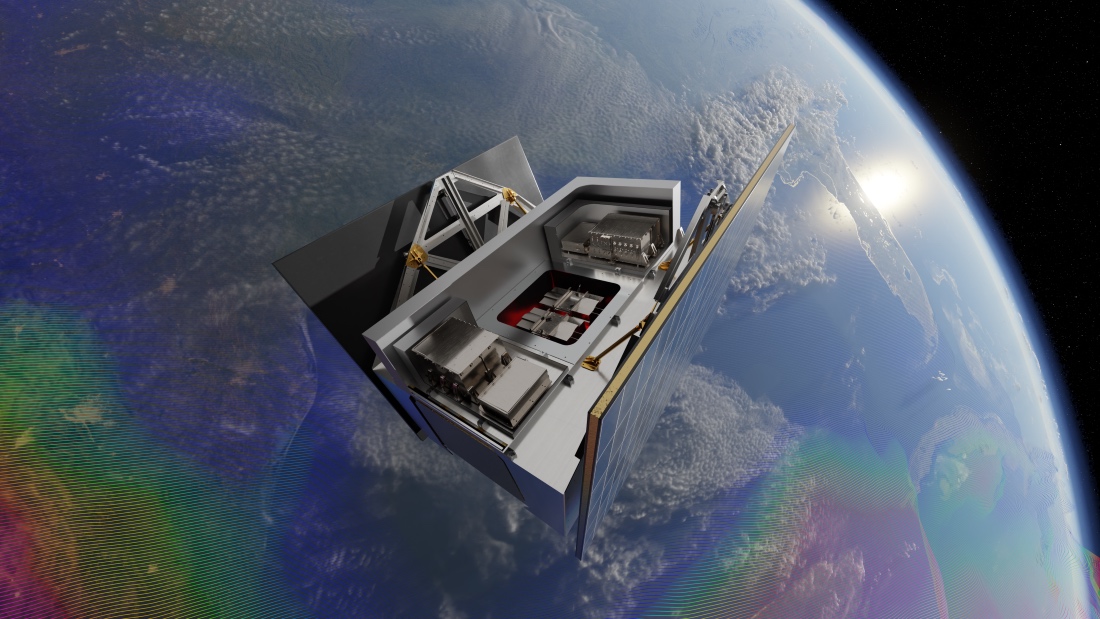WASHINGTON — As Donald Trump embarks on his second term, all eyes are on the future of the U.S. Space Force. Created during Trump’s first term, the Space Force has become a focal point of national security strategy, with its mission aimed at countering rising space threats from China and Russia.
Now, a sweeping policy agenda known as Project 2025 — led by the conservative Heritage Foundation—suggests that Trump’s return could see a pivot toward a more “offensive” Space Force.
Project 2025 is a 900-page document meant as a potential blueprint for the incoming administration. Though Trump has not endorsed the full breadth of Project 2025, many proposals echo his first-term policies and campaign rhetoric, leading analysts to anticipate that the incoming president may incorporate parts of it in his administration’s approach.
At the center of Project 2025’s defense vision is a call for the Space Force to adopt “offensive” strategies, emphasizing the need for America to demonstrate stronger deterrence capabilities in space. The document criticizes the Biden administration’s approach as overly defensive, suggesting that current policy relies too heavily on defensive techniques such as disaggregation, maneuver, and reconstitution to protect American assets.
From defense to offense?
Project 2025 advocates for the Space Force to develop capabilities that would ensure not only the protection but also the “deterrence” of threats, citing the need for U.S. assets that can outmaneuver and counter adversarial technologies in space. For instance, the document suggests deploying early-warning systems in “cislunar” space — regions between the Earth and the moon — to better detect any attempts by foreign nations to establish a military lunar foothold given increasing international interest in the moon’s resources and exploration.
U.S. Space Force leaders, meanwhile, have noted that the service already possesses classified offensive capabilities, although specific systems and operations remain under wraps.
Notably, Project 2025 calls for the declassification of more Space Force capabilities, a move that some current officials have advocated, arguing that excessive secrecy impedes public understanding and support for space initiatives.
Military space race
The Biden administration’s national defense strategy points out that China has accelerated its investments in both civilian and military space technology, deploying anti-satellite (ASAT) missiles and advanced satellite systems that many experts say could challenge the U.S.’s dominance in this critical domain. Russia, too, has developed technologies capable of disabling or intercepting satellites, raising the stakes for American assets that play vital roles in both military and civilian communications, as well as early-warning capabilities.
Project 2025 contends that the current defensive strategies could leave the U.S. vulnerable, with China and Russia potentially emboldened to deploy weaponry in or near space without fear of significant reprisal.
Other space policy recommendations from Project 2025:
- Pursue arms control and “rules of the road” understandings when they are unambiguously in the interests of the U.S. and its allies, and prohibit their unilateral implementation.
- Reduce overclassification. The U.S. Space Force “must move beyond the Cold War era culture of secrecy and overclassification that surrounded military space to facilitate greater coordination and synchronization of efforts across the government and commercial sectors.”
- Declassify appropriate information about terrestrial and on-orbit space capabilities that threaten U.S. systems.
- Implement policies “suited to a mature” U.S. Space Force that is no longer a “newborn.”
- Lead the U.S. government’s development of a clear and unambiguous declaratory policy that the United States will operate at will in space.
- End the current study phase of concept development and issue guidance for the development and fielding of offensive capabilities.
- Change the Space Development Agency’s approach for building a low Earth orbit constellation to a new methodology that maintains aggressive timelines but with significantly greater engineering rigor, with special attention to sustainment, support, and fully integrated space operations.
- Increase the number of general officer positions to ensure the Space Force’s ability to compete for resources with the other services.
- Explore the creation of a Space Force Academy.



